An interview with Joshua Powell, the Project Manager for the HEALing Communities Study in Greene County, NY, about the forthcoming Opioid Court.
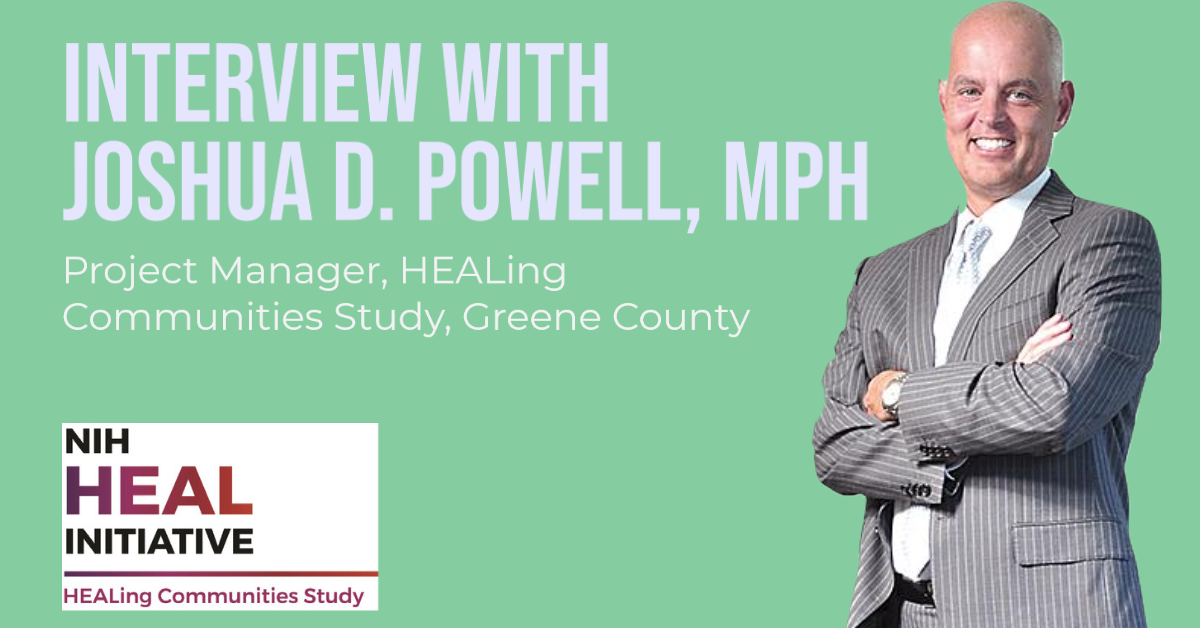
One day, at Greene County Department of Social Services Commissioner Kira Pospesel came to the Healing Communities Study Steering Committee meeting, of which she is a member, with something quite heavy weighing on her mind. There had been a man in her office who needed to get into treatment for opioid use disorder immediately. They tried desperately to get him into treatment through a state-licensed provider in the county, but the providers were booked out for two weeks. That same week, while waiting for treatment, the man suffered a fatal overdose.
This tragedy, felt personally by so many, is not something unique to Greene County, New York. In fact, similar dire scenarios are happening across the country. The lack of access to treatment for those at their most desperate hour -- after arrest, awaiting trial -- is no small part of the number of individuals dying as part of the opioid epidemic.
Commissioner Pospesel said that day: We have to make a change here, this is not okay. We cannot respond to this crisis as we do with marijuana or alcohol. These people need to be connected to services immediately. Her fellow Committee members around the table agreed. In fact, one of them -- the HEALing Communities Study Project Manager Joshua Powell -- had already set the wheels in motion for such an outcome.
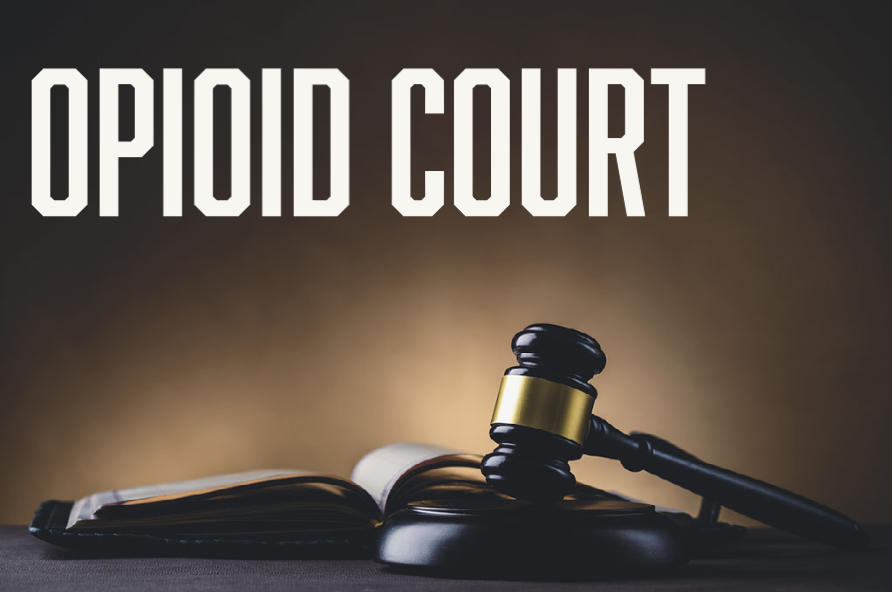
The Opioid Court
An individual with opioid use disorder going through the court system is at high risk of overdose. When this individual is arrested, the standard practice is to place them in jail and monitor them if they are going through withdrawal -- a very painful process. Once released, without linkage to treatment, the individual often may overdose. An “Opioid Court” is a specialized court system that reduces the number of these opioid-related overdose deaths by providing rapid court-supervised treatment within 24 hours instead of several weeks. Medication for opioid use disorder is prioritized, while incarceration is deferred.
The first Opioid Court was established in Buffalo, New York in 2017. A recent June 2021 report of the Buffalo Opioid Intervention Court shows that the Court saves lives. Whereas less than 4% of people in a standard court engaged in a form of treatment, the report shares that at 30 days from booking, nearly half had engaged in some kind of treatment compared with 12% for those in standard courts. This is significant, because "Participants who received [medication] were one-third as likely to die than those who did not receive [it]."
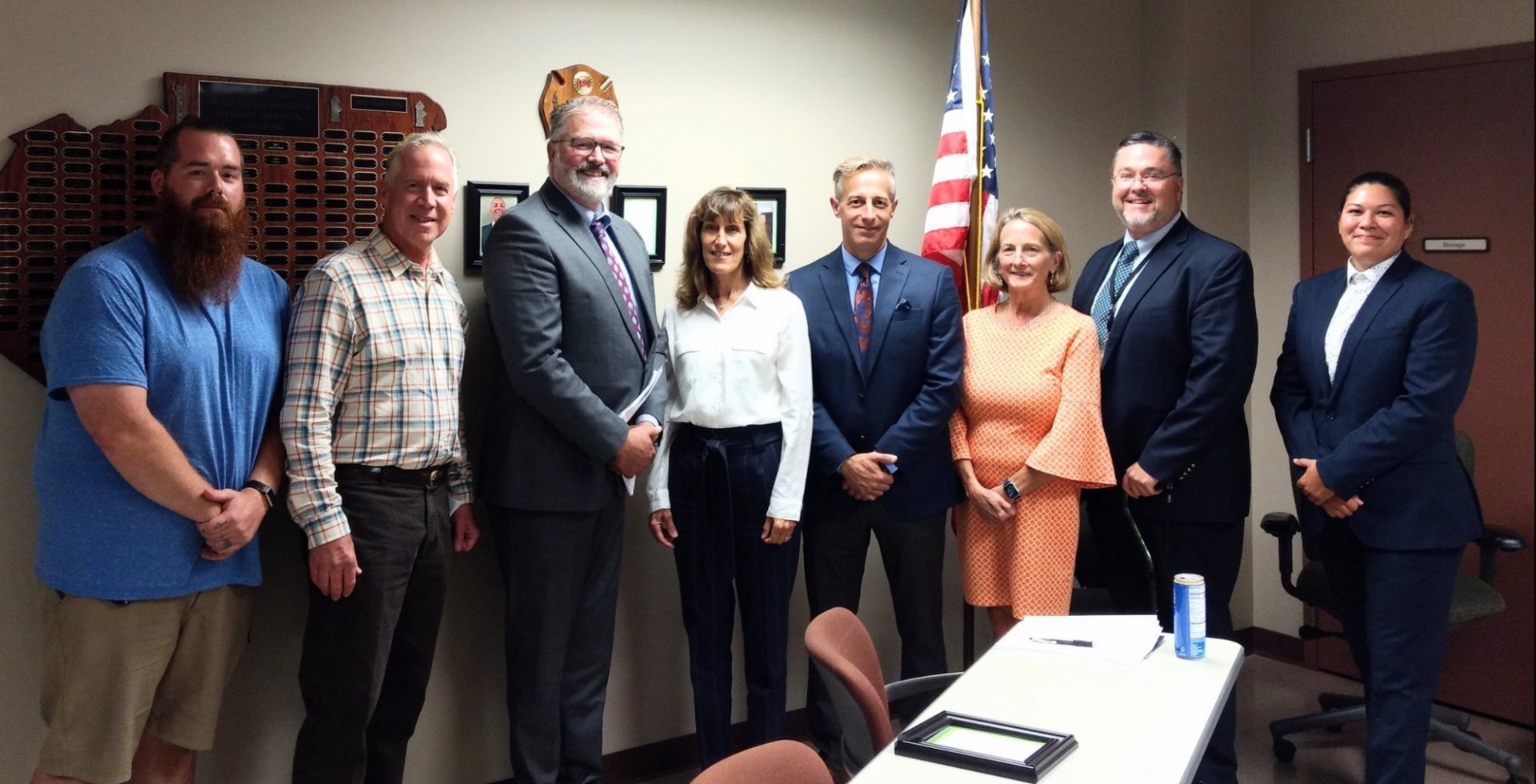
The Opioid Court will launch soon in Greene County. The Court will be one of the most innovative interventions implemented by the Healing Communities Study (HCS), of which Greene County is a part, along with fifteen other New York counties.
HCS is a research study launched by the National Institute of Health (NIH) in 2019 to accelerate evidence-based solutions to the national opioid public health crisis in New York, Massachusetts, Ohio, and Kentucky, and reduce opioid overdose deaths by 40 percent over the course of the study. The New York study is headquartered here at the Social Intervention Group within the Columbia University School of Social Work and led by SIG’s director, University Professor Dr. Nabila El-Bassel (PI), and the Senior Project Director is James Luke David. Dr. Timothy Hunt, pictured above, is the HCS co-investigator and intervention lead; he is also responsible for engagement with the criminal justice system.
The success of the Opioid Court soon being established in Greene County showcases the power of the HCS Steering Committee: Another Steering Committee champion of the Opioid Court was a Greene County judge. SIG spoke with HCS Project Manager Joshua Powell, who as mentioned was instrumental in garnering support for the Opioid Court, to ask more about his work in Greene County.
Interview with Joshua Powell
Grondahl: Targeting cruelty of addiction in rural New York
Tell me about your background, and your role with HCS.
My role is bringing the goals of HCS to the community. I do this largely through the Steering Committee, a group of roughly 20 individuals, organizations, and government agencies -- including people with lived experience in substance use -- working together to address the overdose epidemic. I coach them on fitting into Greene County’s social ecology. The Steering Committee are motivated to change their communities and take ownership for their work in the community. Watching the projects come together has been amazing.
Who are the main people you work with in the community?
On the Steering Committee, I work with the judge, the drug coordinator in Greene County, the Office of Court Administration, and the Commissioner of Social Services. The latter just gave a presentation on foster care. The vast majority of kids are in foster care due to substance use issues with their parents. The Commissioner shared that therefore, it’s a generational problem. For instance, many youth have high Adverse Childhood Events (ACE) scores. There is a relationship between high ACE scores and substance use. The problem is not going away in three years. People at the meeting on foster care then understood why this meeting was important.
The community is seeing that the skills they are learning through HCS are portable, such as shared resources, Narcan training, or peers working through different agencies. It’s around sustainability and understanding this is a long fix.
Tell us about the Youth Clubhouse, a member of the HCS Steering Committee.
The Youth Clubhouse focuses on creating programs to empower youth by enlisting them to train on Narcan usage. The staff and students are very pleasant to work with. They are doing very expansive work. They use a “train the trainer” model so the youth develop their own group of trainers.
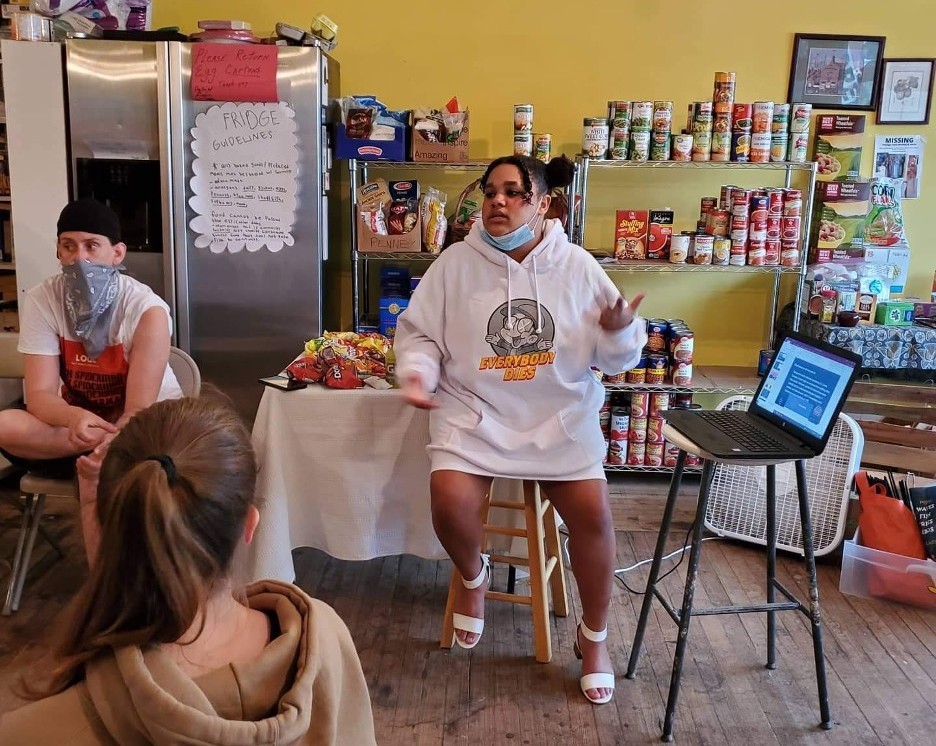
When you look at the community in terms of poverty -- white adolescent men especially in our county -- the community wanted to engage young people around this topic. We had to figure out how to remain faithful to study design and engage this population. Not a lot of young people were on medication for opioid use disorder (MOUD). We know that kids are living in homes with parents who are using drugs. We came up with the Narcan training.
How does the Opioid Court function?
The Opioid Court is different from treatment courts. If you get a DWI, you go to drug court for the next 6-18 months. For Opioid Court, the person comes in when arrested (not for property or some violent crimes - it is case by case) and is brought to the Court.
The goal is to medically stabilize people, that’s why there is a peer there. A peer is a person with lived experience in substance use, a Certified Recovery Peer Advocate (CRPA) with a professional certification from OASAS. Peers help navigate people, provide support/links to treatment providers, and most importantly don’t judge. It’s not therapy: they are on equal footing with the client.
After the peer assists and the individual is medically stabilized with Buprenorphine, they go back to the judge and start moving forward w/their treatment. We don’t have methadone in Greene County, and Buprenorphine (Suboxone) is protective in terms of overdose.
Columbia and Greene county youth focus on helping reduce opioid overdose deaths
What role did and does the HCS Steering Committee play in forming the future Opioid Court?
The court system wasn’t involved, and I wanted to meet with the judge. My best friend is a supreme court judge for the district. She called up the county judge and said he should meet me. He showed up at the next Steering Committee meeting and they started talking about this issue and how there were other opioid courts, that we should do this.
Tim Hunt got involved due to his work and reached out to court administration and they got on board. The HCS study paid for funds for technical assistance that the court needed, and the effort grew to include the court system. We got the district attorney and the public defender to the table, it was organic. They are all on the Steering Committee, too.
The key is letting people discuss what they want to and be respectful of their different ideas. We all have to understand that these different areas all have a role to play in the solution. Our work is absolutely driven by the community.
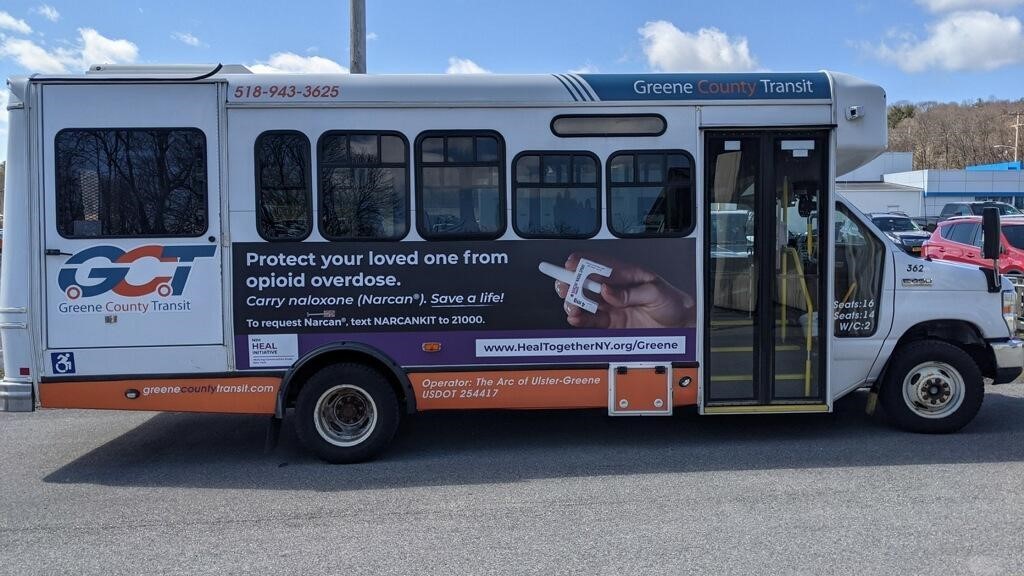
How does the Steering Committee function?
We meet once a month. Initially people were not as energized as they are now. They saw the work that we were doing and how we had the same goals around the opioid epidemic. Once they started designing the responses and seeing it come together, such as how much more Narcan there was in the community, or the Greene County mental health clinic prescribing MOUD, they were energized. People doing work in Greene county, it’s very personal to them. They are just so connected to their community; everyone knows one another.
The key is letting people discuss what they want to and be respectful of their different ideas. Peers have a different perspective than, for instance, the Sheriff’s department. We all have to understand that these different areas all have a role to play in the solution. We have to look at true agency limits and develop community responses that work for everybody. For example, we helped expand the number of medical providers who wanted to prescribe Buprenorphine.
What are you most proud of about your work with HCS?
We have identified issues around prescribing and the data we found around prescribing was easy to identify. I am also proud of the Opioid Court. Our work is absolutely driven by the community. I work with horses, and liken it to working with other human beings. A spur and a whip aren’t ways to engage the community. It’s really through positive support and evidence-based strategies that create change.
End of interview
How Medication for Opioid Use Disorder Saves Lives
Behind the scenes: On collaboration with the courts
The aforementioned HCS co-investigator, Dr. Hunt, also shared how rewarding it has been to collaborate with the New York State Unified Court System and Dennis A. Reilly, Esq., the Statewide Drug Court Coordinator, in expanding opioid courts in HCS counties. His hope is that the Sequential Intercept Model they used can help inform ongoing court expansion nationwide.
He shares, "The community-engaged approach of HCS under the leadership of our Greene County program manager, Mr. Powell, fast-tracked the formative work needed to get consensus in a community that may not always agree on how best to approach a health crisis such as overdose. Having a champion such as Judge Charles Tailleur is a major asset to a community like Greene County."
HCS Steering Committee, Greene County
The organizations that comprise the Greene County HCS Partners Steering Committee include:
- Greener Pathways
- Greene County Mental Health
- Greene County Public Health
- Greene County Family Planning
- Twin County Recovery Services
- Mental Health Association of Columbia/Greene
- Greene County DSS
- Greene County Public Defender's Office
- Mountaintop Cares Coalition
- Youth Clubhouse
- Greene County Drug Court
- Columbia Greene Healthcare Consortium
Learn more
- HEALing Communities Study
- HEALing Communities Study, Greene County
- Mental Health Association of Columbia/Greene Counties
- Youth Clubhouse
